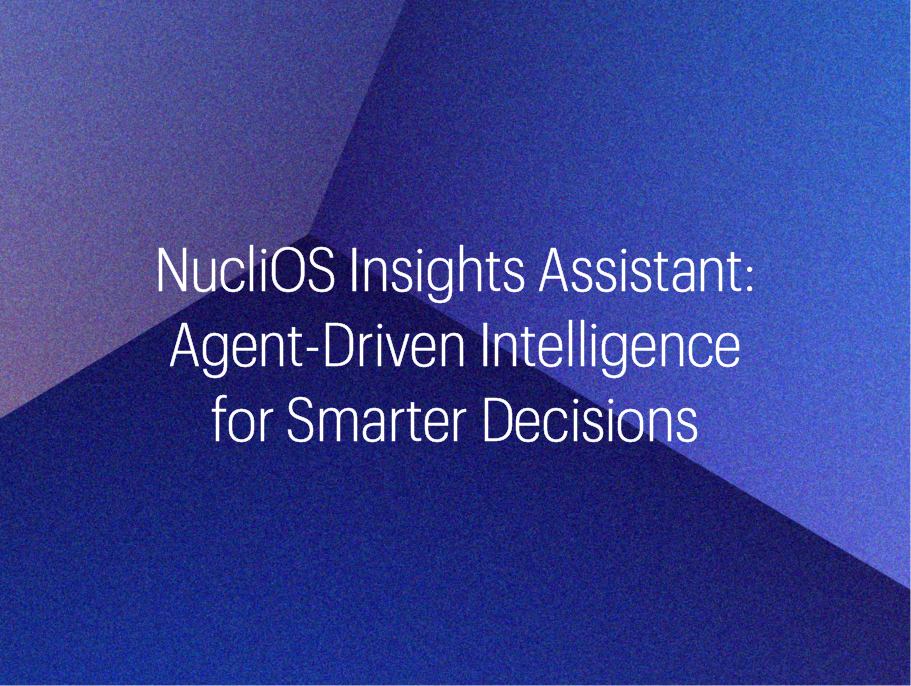For leaders entering the upstream oil and gas space, Exploration & Production (E&P) presents a unique paradox: operations are technically advanced yet still vulnerable to high-risk decisions, unpredictable costs, and narrow margins.
Drilling a well isn’t just a tactical move; it’s a multi-million-dollar investment that hinges on the quality of decisions made under uncertainty. Historically, many of those decisions relied on experience, gut feel, and static models. But now, as sensor-driven operations generate vast volumes of real-time data, a new opportunity has emerged. With predictive analytics, companies can shift from reactive firefighting to strategic foresight, transforming operational data into a competitive advantage.
At MathCo, we’ve helped leading E&P teams operationalize this shift. Here’s how predictive analytics is solving critical upstream challenges, the kind that can impact EBITDA, production uptime, and capital efficiency:
-
Avoiding Costly Drilling Failures
Key Question: How can we avoid unplanned stoppages that cost millions?
Consider one of the most expensive setbacks in drilling: the stuck pipe. This occurs when the drill string (pipe connected to the drill bit) becomes immobile in the wellbore, often due to pressure differentials, debris, or unstable formations. It’s not just an operational hiccup. It can cause non-productive time (NPT) running into millions and, in severe cases, abandonment of the well.
Our predictive models, trained on real-time drilling data like torque, hook load, and ROP (rate of penetration), can identify these conditions hours in advance, empowering drilling teams to proactively adjust parameters and avoid costly disruptions.
-
Predicting Equipment Failures Before They Happen
Key Question: When will critical systems fail, and can we get ahead of them?
Artificial lift systems, vital for maintaining production once reservoir pressure drops, are prone to wear. Traditional maintenance models are reactive, but failures cost both time and output.
With MathCo’s predictive maintenance frameworks, built on signals like pressure shifts, motor current anomalies, and vibration spikes, field teams can detect failures days in advance. That means lower downtime, reduced repair costs, and extended equipment life, which is a direct lift to operational efficiency.
-
Making Every Dollar Count
Key Question: Where should we drill next to maximize return on capital deployed?
Exploration budgets are finite. Predictive analytics empowers leaders to evaluate drilling opportunities not only on technical promises, but also on commercial feasibility.
By integrating seismic data, well logs, reservoir behavior, and production history into unified models, we help decision-makers:
- Rank prospects by risk-adjusted ROI
- Optimize field development sequencing
- Reduce dry wells and avoid overcapitalization
This ensures capital is allocated where it yields the highest impact per dollar invested, supporting faster, smarter investment decisions.
-
Enhancing Safety and Reducing Environmental Risk
Key Question: Can we reduce risk exposure before an incident happens?
Predictive analytics also plays a pivotal role in HSE (Health, Safety, and Environment). From early detection of gas leaks and over-pressurized systems to identifying high-risk zones for equipment failure, predictive systems enable real-time alerts and faster intervention, helping mitigate both regulatory risk and reputational damage.
From Algorithms to Outcomes: Why Contextual Intelligence Matters
The real value of predictive analytics isn’t just technical, it’s contextual. At MathCo, we’ve seen time and again that models only succeed when they’re built with domain logic at their core and embedded seamlessly into operational workflows. The real breakthroughs happen when data scientists and field experts collaborate, ensuring that solutions are grounded in the realities of the rig, not just theoretical accuracy. Predictive analytics isn’t here to replace human decision-making; it’s here to amplify it. Whether it’s preventing millions in downtime, boosting production throughput, or optimizing asset lifecycles, the impact of data-driven decision-making in E&P is no longer a hypothesis but a reality.
For an industry navigating complexity, volatility, and ever-tightening margins, predictive analytics offers a rare combination: precision, agility, and control at scale.



